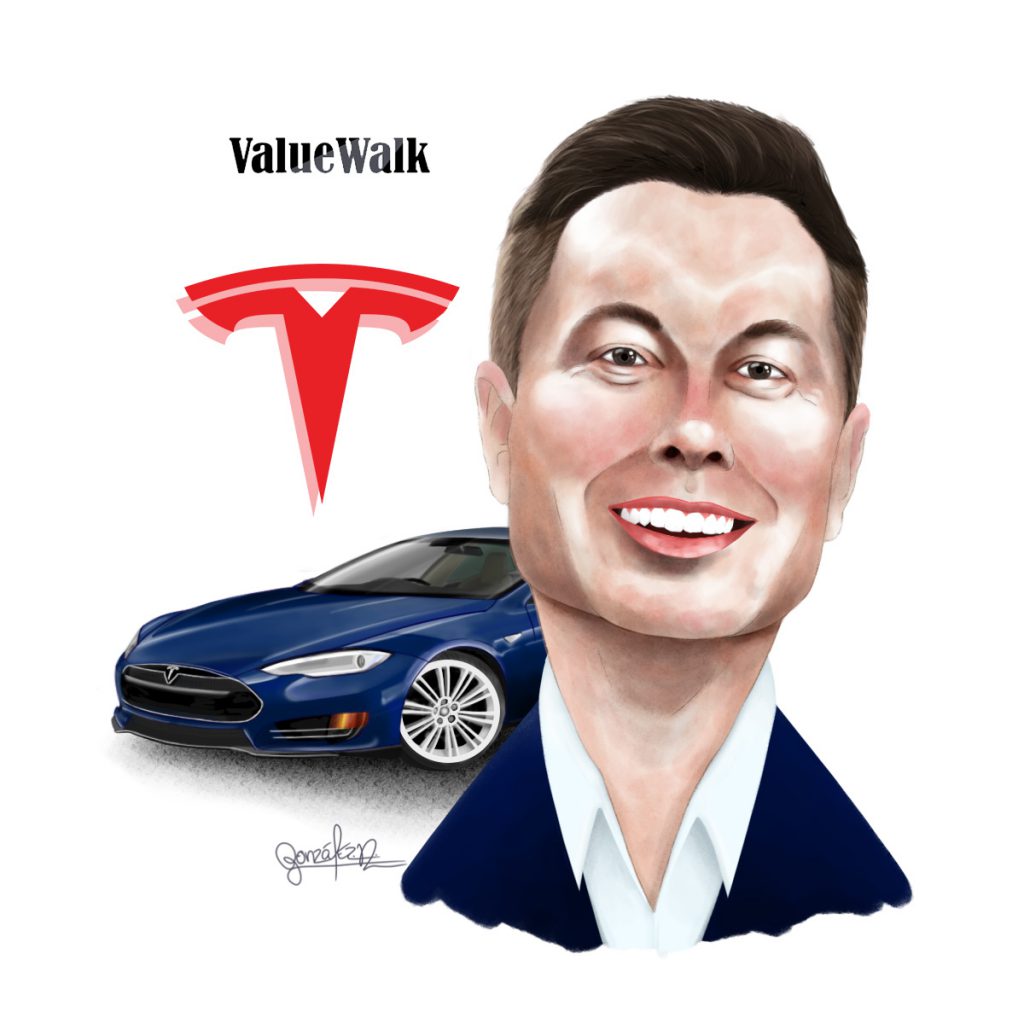It pays to parse the language of any company’s earnings report, but perhaps more so for Tesla Inc. You could say it’s in the corporate genes. After all, Chief Executive Elon Musk has spent much of the past several days trying to convince a jury that he really did have “funding secured” in 2018. That’s despite his mooted multi-billion dollar take-private deal seeming to have had less in the way of documented pre-approvals than your average household mortgage application.
Q4 2022 hedge fund letters, conferences and more
 The line that caught my eye on Wednesday evening concerned guidance, with Tesla aiming to produce 1.8 million vehicles this year and, thereby, “remain ahead of the long-term 50% CAGR,” or compound annual growth rate. For a couple of years, Tesla has said it aims to grow annual production by half, on average, over a “multi-year horizon.” Compare that 2023 target with 2020’s output of just over half-a-million and you do indeed get a compounded growth rate of more than 50%. But actual growth this year looks set to be 31%
The line that caught my eye on Wednesday evening concerned guidance, with Tesla aiming to produce 1.8 million vehicles this year and, thereby, “remain ahead of the long-term 50% CAGR,” or compound annual growth rate. For a couple of years, Tesla has said it aims to grow annual production by half, on average, over a “multi-year horizon.” Compare that 2023 target with 2020’s output of just over half-a-million and you do indeed get a compounded growth rate of more than 50%. But actual growth this year looks set to be 31%
Let’s acknowledge that is still phenomenal for any reasonably sized autos manufacturer. Just five years ago, Tesla produced only about 250,000 vehicles.
But the tell here is the language, with Tesla going out of its way to emphasize that, technically, it will remain true to the “multi-year” target despite growth slowing sharply. Certainly, it has slowed more sharply than expected: The consensus forecast for 2023 is 1.95 million. Which gets at why Tesla likely felt the need for a growth-secured moment.
The disappointing fourth-quarter deliveries and price cuts that have unnerved investors over the past month or so fed through to Wednesday’s results. Inventory jumped and implied average selling prices, excluding leased vehicles and regulatory credits, dipped under $52,000, their lowest in a year. Even that figure was boosted by roughly $800 via the recognition of $324 million of deferred revenue linked to Tesla’s generously named Full Self Driving package. Gross profit per vehicle sold, at about $12,300, was the lowest in almost two years. Free cash flow dropped by a third, year-over-year, well shy of forecasts.
This is not surprising, but it is troubling. It isn’t surprising because companies chasing growth quite often run into the problem of boosting capacity faster than sales. Tesla produced 1.37 million vehicles last year but lists capacity of more than 1.9 million, with new and expanded factories expected in markets from Mexico to Indonesia.
Read the full article here by Liam Denning, Advisor Perspectives.

